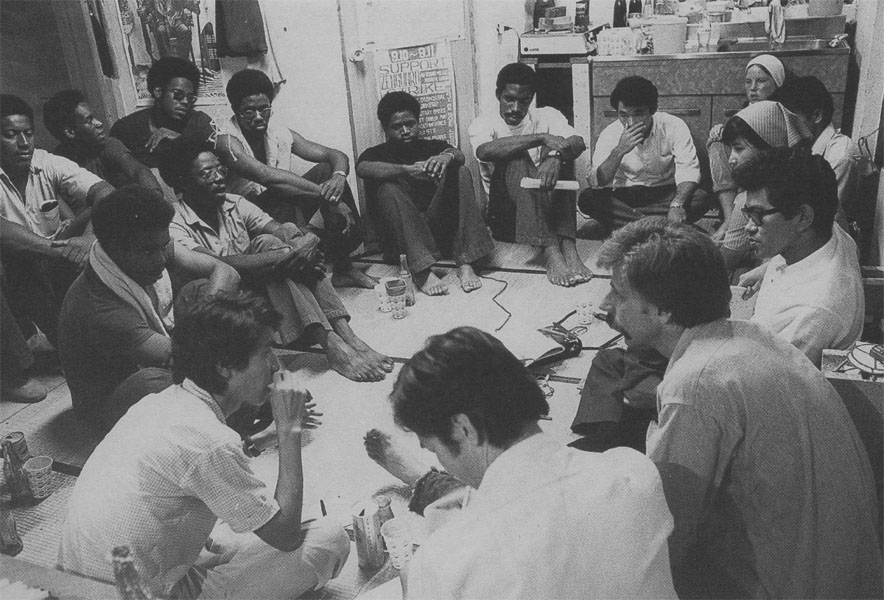Abstract:

My presentation will explore the shaping of Afro-Asian solidarities by considering the centrality of what historian Sterling Stuckey calls a “circle of culture,� a dynamic feature of African heritage and Black nationalism. In Slave Culture: Nationalist Theory and the Foundations of Black America (1988), Stuckey explains that Africans of diverse ethnic backgrounds, such as Angolans, Akans, and Ibos, began cultivating their shared sense of identity from the moment they were placed on slave ships to be sold as chattel in the New World. Stuckey calls this shared sense Africanity. Central to the carving of a “circle of culture,� and thus the articulation of Africanity, was a ring shout, a dance ceremony that was carried out by moving in a circle to honor the ancestors. In the New World, it functioned as a language, with which Africans and peoples of African descent could reach across linguistic, cultural, and ethnic boundaries to forge racial and pan-African solidarity. In my current book project titled Transpacific Racial Strivings: How Black Americans, the Japanese, and Okinawans Found Solidarities, I locate the presence of such a circle of culture, or what George Lipsitz calls “the semiotics of the circle,� in Afro-Asian solidarities. While most recent scholarship relies on such alternative formulations as “polyculturalism� or “Afro-Orientalism,� to interpret Afro-Asian unities, I regard the circle of culture that Black nationalism engenders as the mainspring of Afro-Asian solidarities. Far from being an essentialist or a separatist discourse, Black nationalism has exhibited remarkable flexibility and heterogeneity.